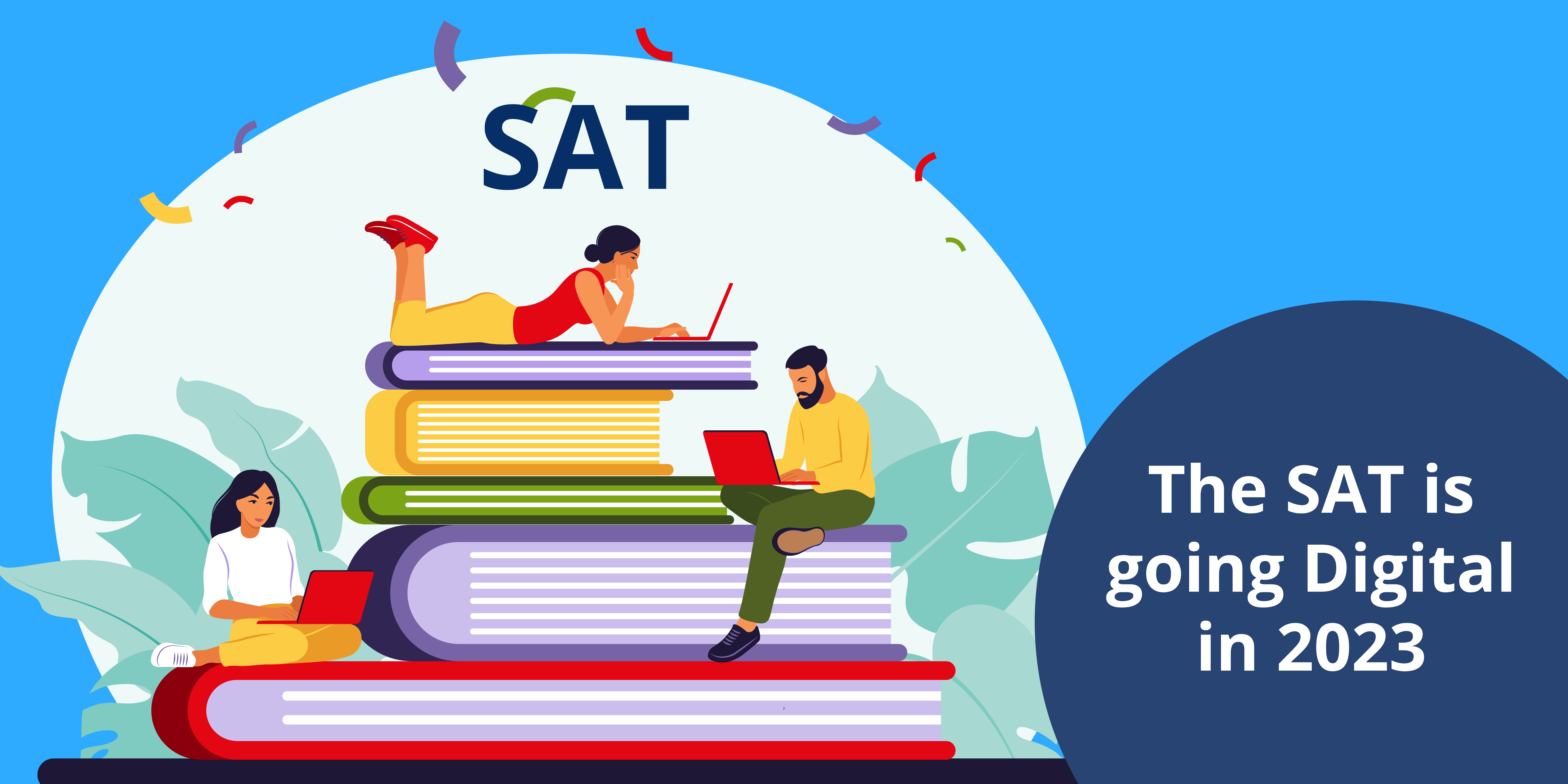
What is SAT and who should Appear for it?
SAT or Scholastic Assessment Test is a standardized test designed mainly for high school students who wish to pursue a degree at a United States university. As a result, many universities across Canada, Singapore, Europe, as well as India recognize SAT scores for admissions purposes. Additionally, SAT is highly recommended for students without Math in grades XI and/or XII who want to pursue a bachelor’s degree in the sciences, medicine, economics, or related fields. This is because several top universities in the UK, US, and Canada require four years of high-school math.
Why is SAT important for International Students?
Admission officers can easily determine a student’s cognitive ability and college readiness using standardized test scores. Taking the SAT is especially critical for international students since many do not understand how their national curriculum compares to the US high school curriculum and other boards such as IB or IGCSE. It is a good indication that you are academically talented and that you will succeed in college.
SAT Blind Vs. SAT Optional
As a result of extensive cancellations and reschedulings of tests, as well as inaccessibility to test centers, SAT Optional colleges dramatically grew during the pandemic. University admissions committees at SAT Optional institutions may consider your SAT score when looking at your overall admissions file, while universities that are SAT Blind (during the current admission cycle) will not give any consideration to your SAT performance.
Paper-based SAT versus Digital SAT
With regards to time duration, results in accessibility, and degree of difficulty, the digital SAT has several advantages over the traditional SAT format. The exam timing for the SAT exam is expected to be around 2 hours than the previous time i.e. 3 hours.
Scores should be available much faster than the current process, which takes weeks.
There will be no more than one question for each passage in the Reading Comprehension section. It will now be necessary to analyze the shorter passage to find the answer.
In addition, students will be able to use a calculator throughout the whole Math section. Instead of focusing on calculations, they will have to decide how to approach a problem. There will be significant changes to the SAT exam, which will make it more relevant and in line with university expectations.
SAT Exam Fees
Students are required to pay a certain amount of fee to appear in exams. Here is the detailed SAT exam fee structure mentioned below:
- The fee for only the SAT exam is $55 + Non-U.S. Regional Fee. Non-U.S. Regional Fee for students giving SAT Test in India is $49, so the total SAT fee is $104
- The fee for the SAT exam with Essay is $68 + Non-U.S. Regional Fee. So, the total fee for the SAT exam with Essay is $68 + $49 = $117
How can you prepare for the SAT?
- Daily, read novels as well as nonfiction from a variety of genres, including science, politics, humanities, and environmental issues. Read the editorial sections of business newspapers every day for 30 minutes. You should form groups with your friends, family, and teachers to discuss what you are reading.
- Practice SAT English questions for at least thirty minutes every day. Review your errors and highlight areas where you are falling short. You will gain mastery of punctuation and language rules with regular practice.
- Calculate different types of problems by memorizing formulas and learning shortcuts. Algebra, trigonometry, and geometry questions are particularly challenging for students. Try solving at least 20 sums every day and analyze your mistakes. Either a calculation error or inaccuracy in understanding the question and applying the appropriate formula could cause this. Whatever you do, practice religiously set a timer, and avoid careless mistakes.

